Japan is on the cusp of a transformative shift in how traditional banking and digital assets intersect. In 2025, the country’s Financial Services Agency (FSA) is actively considering a policy that would allow domestic banks to hold Bitcoin and other cryptocurrencies on their balance sheets. This move could radically alter the global landscape for crypto onboarding and adoption, especially as Bitcoin currently trades at $110,967.00, reflecting the asset’s growing prominence in both retail and institutional portfolios.
Japan’s Regulatory Overhaul: Key Changes for Crypto Banking
Historically, Japan has been a pioneer in crypto regulation, but also cautious, especially when it comes to integrating digital assets within the banking sector. The latest proposals from the FSA signal a significant break from this tradition. By potentially allowing banks to hold digital assets directly and operate licensed crypto exchanges, Japan is setting a new benchmark for crypto regulation and fiat to crypto integration in Asia.
Several headline reforms are driving this shift:
- Reclassification of Digital Assets: Amendments to the Financial Instruments and Exchange Act (FIEA) will reclassify certain tokens as securities, bringing them under stricter disclosure and insider trading rules.
- Flat 20% Capital Gains Tax: From 2026, crypto gains will be taxed at a flat 20% rate, replacing the previous progressive tax system that reached up to 55%. This is expected to incentivize both domestic and international investors.
- Stablecoin Innovation: Major Japanese banks are planning to launch yen-pegged stablecoins, while SBI has already listed USDC. This paves the way for seamless fiat-crypto transactions and could accelerate mainstream onboarding.
- Bank-Operated Crypto Exchanges: The FSA is considering allowing banks to run their own crypto exchanges, which could bring a new level of consumer protection and institutional confidence to the market.
Why Banks Holding Bitcoin at $110,967.00 Matters
The possibility of Japanese banks holding Bitcoin at its current price of $110,967.00 is not just a regulatory milestone but a signal to global markets. This institutional stamp of approval could drive a surge in demand for crypto onboarding services and attract a new wave of retail and institutional investors who previously hesitated due to security or compliance concerns.
By integrating Bitcoin and other digital assets directly into balance sheets, banks would offer a familiar, regulated entry point for new users. This is especially relevant for those looking for a crypto beginners guide or seeking trusted fiat-to-crypto pathways. The move also positions Japan as a model for other jurisdictions, demonstrating how clear, robust regulation can coexist with innovation.
Impact on Crypto Onboarding and Global Adoption
Japan’s reforms are expected to ripple far beyond its borders. The combination of institutional-grade custody, transparent taxation, and regulatory clarity could make Japan the preferred launchpad for global crypto projects and investors. For onboarding, this means easier KYC processes, more reliable fiat ramps, and increased trust for first-time buyers.
Moreover, the reclassification of investment-like tokens as securities under FIEA brings much-needed investor protections and paves the way for regulated crypto ETFs and structured products. This aligns Japan with global best practices and could encourage similar regulatory changes in other major economies.
Cryptocurrency Price Predictions for Japan’s Crypto Banking Revolution (2026-2031)
Forecasts for Bitcoin (BTC), Ethereum (ETH), and Major Yen-Pegged Stablecoin (JPYC) Based on Japan’s Regulatory and Market Developments
| Year | Asset | Minimum Price (Bearish) | Average Price (Base Case) | Maximum Price (Bullish) | % Change from 2025 Avg |
|---|---|---|---|---|---|
| 2026 | Bitcoin (BTC) | $95,000 | $125,000 | $165,000 | +12.7% |
| 2026 | Ethereum (ETH) | $4,100 | $6,200 | $8,200 | +13.7% |
| 2026 | JPYC (Yen Stablecoin) | $0.0065 | $0.0067 | $0.0069 | ≈0% |
| 2027 | Bitcoin (BTC) | $110,000 | $145,000 | $200,000 | +34.0% |
| 2027 | Ethereum (ETH) | $5,000 | $7,500 | $10,800 | +33.5% |
| 2027 | JPYC (Yen Stablecoin) | $0.0065 | $0.0067 | $0.0070 | ≈0% |
| 2028 | Bitcoin (BTC) | $130,000 | $180,000 | $250,000 | +62.3% |
| 2028 | Ethereum (ETH) | $6,200 | $9,600 | $14,500 | +54.8% |
| 2028 | JPYC (Yen Stablecoin) | $0.0065 | $0.0067 | $0.0071 | ≈0% |
| 2029 | Bitcoin (BTC) | $160,000 | $210,000 | $320,000 | +89.3% |
| 2029 | Ethereum (ETH) | $7,500 | $12,200 | $18,000 | +96.7% |
| 2029 | JPYC (Yen Stablecoin) | $0.0065 | $0.0067 | $0.0072 | ≈0% |
| 2030 | Bitcoin (BTC) | $135,000 | $175,000 | $280,000 | +57.8% |
| 2030 | Ethereum (ETH) | $6,100 | $10,200 | $15,800 | +64.5% |
| 2030 | JPYC (Yen Stablecoin) | $0.0065 | $0.0067 | $0.0071 | ≈0% |
| 2031 | Bitcoin (BTC) | $120,000 | $165,000 | $250,000 | +48.8% |
| 2031 | Ethereum (ETH) | $5,800 | $9,400 | $14,200 | +61.3% |
| 2031 | JPYC (Yen Stablecoin) | $0.0065 | $0.0067 | $0.0070 | ≈0% |
Price Prediction Summary
Japan’s regulatory overhaul is expected to accelerate institutional and retail adoption of cryptocurrencies. Bitcoin and Ethereum are forecast to see steady growth, with the potential for strong bull runs if adoption and ETF inflows exceed expectations. Yen-pegged stablecoins are predicted to maintain price stability, serving as key liquidity tools in Japan’s evolving crypto ecosystem. Volatility and market corrections remain possible, but the overall outlook is bullish as Japan emerges as a regional crypto hub.
Key Factors Affecting Bitcoin Price
- Japan’s 20% flat crypto capital gains tax (2026) increases investor appeal.
- FSA’s potential approval for banks to hold and trade crypto could drive institutional inflows.
- Reclassification of crypto as securities enables regulated ETFs and broader market participation.
- Increased security and compliance attracts global capital and boosts consumer confidence.
- Market cycles: Bitcoin/ETH halving events, global macro trends, and tech upgrades (e.g., Ethereum scaling) will influence price swings.
- Stablecoin growth (JPYC) will support liquidity and DeFi innovation but remain price-stable by design.
- Potential risks: global regulation, competition from other crypto hubs, macroeconomic shocks.
Disclaimer: Cryptocurrency price predictions are speculative and based on current market analysis.
Actual prices may vary significantly due to market volatility, regulatory changes, and other factors.
Always do your own research before making investment decisions.
With these reforms, Japan is not only modernizing its own financial system but also setting a precedent for the world. The next section will explore how these changes are likely to influence the competitive landscape for exchanges, the role of stablecoins, and what onboarding will look like for the average consumer in 2026 and beyond.
As Japan’s regulatory overhaul gains momentum, the competitive dynamics between traditional banks and existing crypto exchanges are poised for a dramatic shift. Established banks, with their deep-rooted customer trust and robust compliance frameworks, could quickly become dominant players in the digital asset space. This would put pressure on independent crypto exchanges to further enhance their user experience, security protocols, and regulatory transparency to stay relevant.
![]()
For consumers, especially those new to the space, this means onboarding into crypto could soon be as seamless as opening a regular bank account. Imagine walking into your local branch and being able to buy Bitcoin at $110,967.00 or a yen-pegged stablecoin directly from your trusted bank advisor. The familiar banking interface removes much of the anxiety and complexity that has long been associated with buying and storing digital assets.
Stablecoins: The New Backbone of Fiat-to-Crypto Integration
The planned launch of yen-pegged stablecoins by Japan’s largest banks marks a pivotal step toward mainstream adoption. Stablecoins provide a crucial bridge between the fiat and crypto worlds, enabling instant settlement, lower transaction costs, and 24/7 access to global markets. With major institutions backing these assets, consumer confidence in stablecoins is set to rise sharply.
“Japan’s stablecoin push will make cross-border payments faster and more transparent for both businesses and individuals, “ notes a recent industry report. This innovation is likely to inspire similar moves in other advanced economies, accelerating the race for digital currency dominance.
Key Benefits of Japan’s New Crypto Banking Rules
-
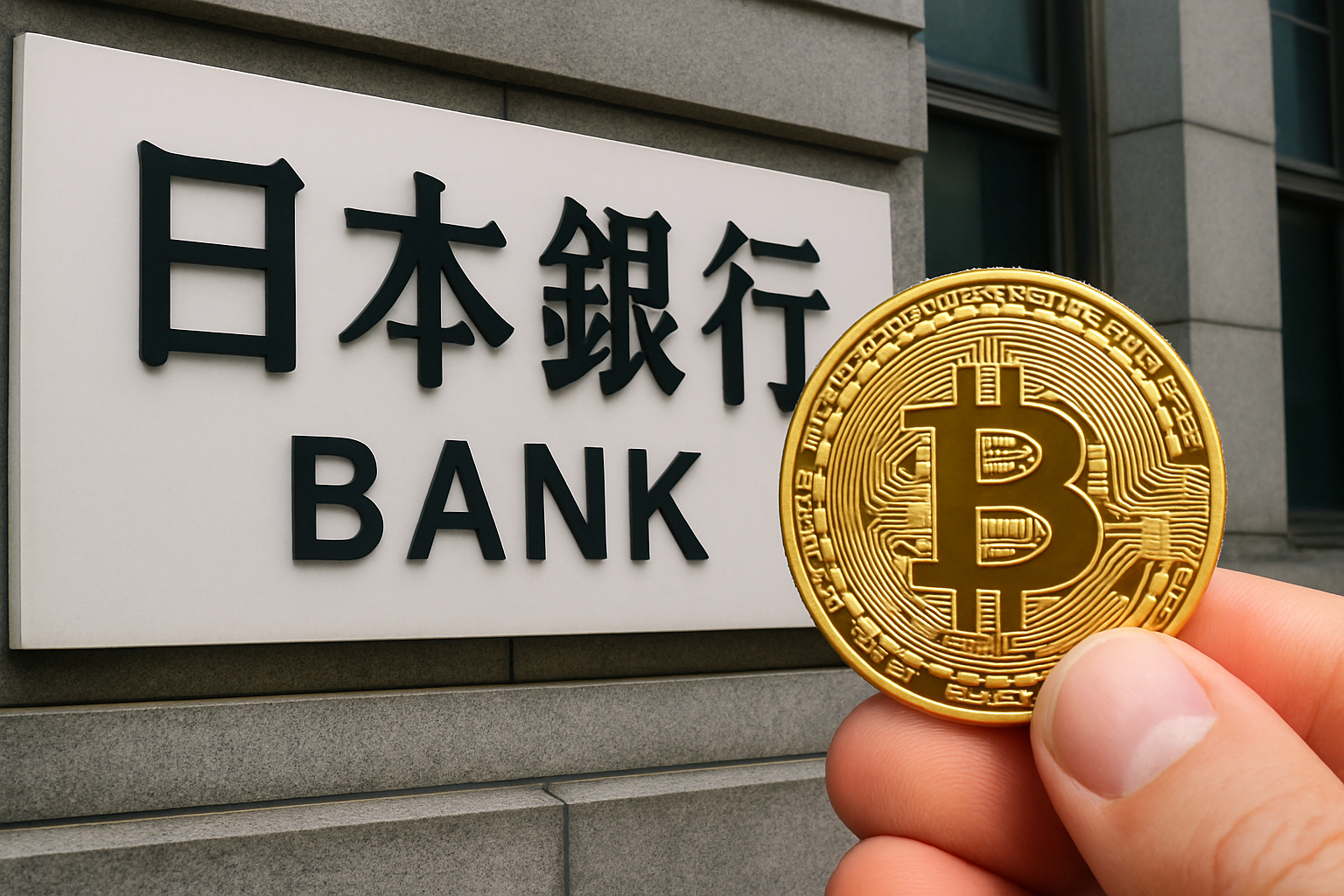
Increased Institutional Confidence: By allowing banks to hold Bitcoin and other cryptocurrencies on their balance sheets, Japan’s Financial Services Agency (FSA) is fostering trust among financial institutions and paving the way for greater institutional adoption.
-
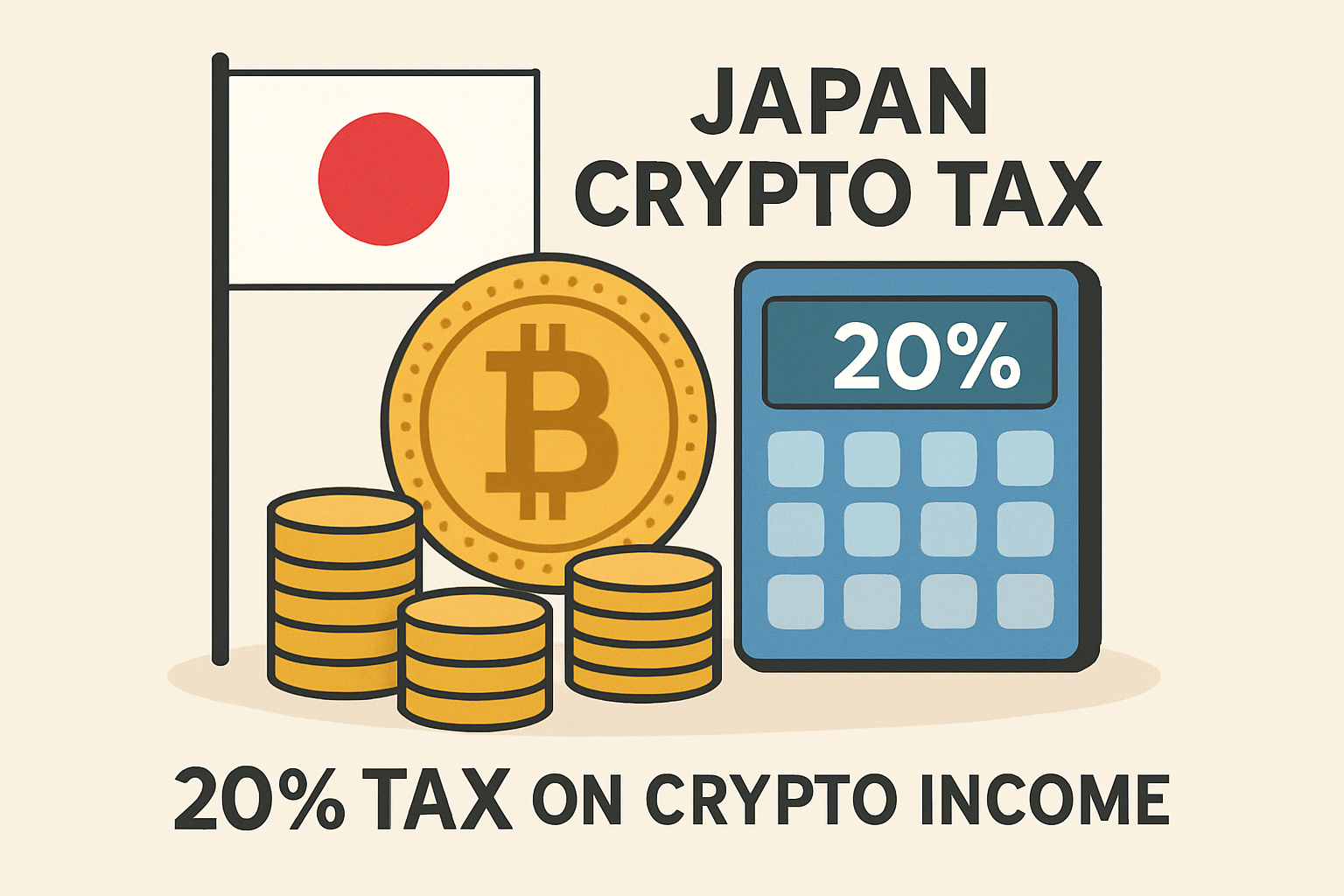
Streamlined Onboarding for Retail and Institutional Investors: The introduction of a flat 20% capital gains tax (effective 2026) simplifies tax reporting and lowers the burden compared to the previous progressive rate of up to 55%, making Japan’s crypto market more attractive to both domestic and international participants.
-
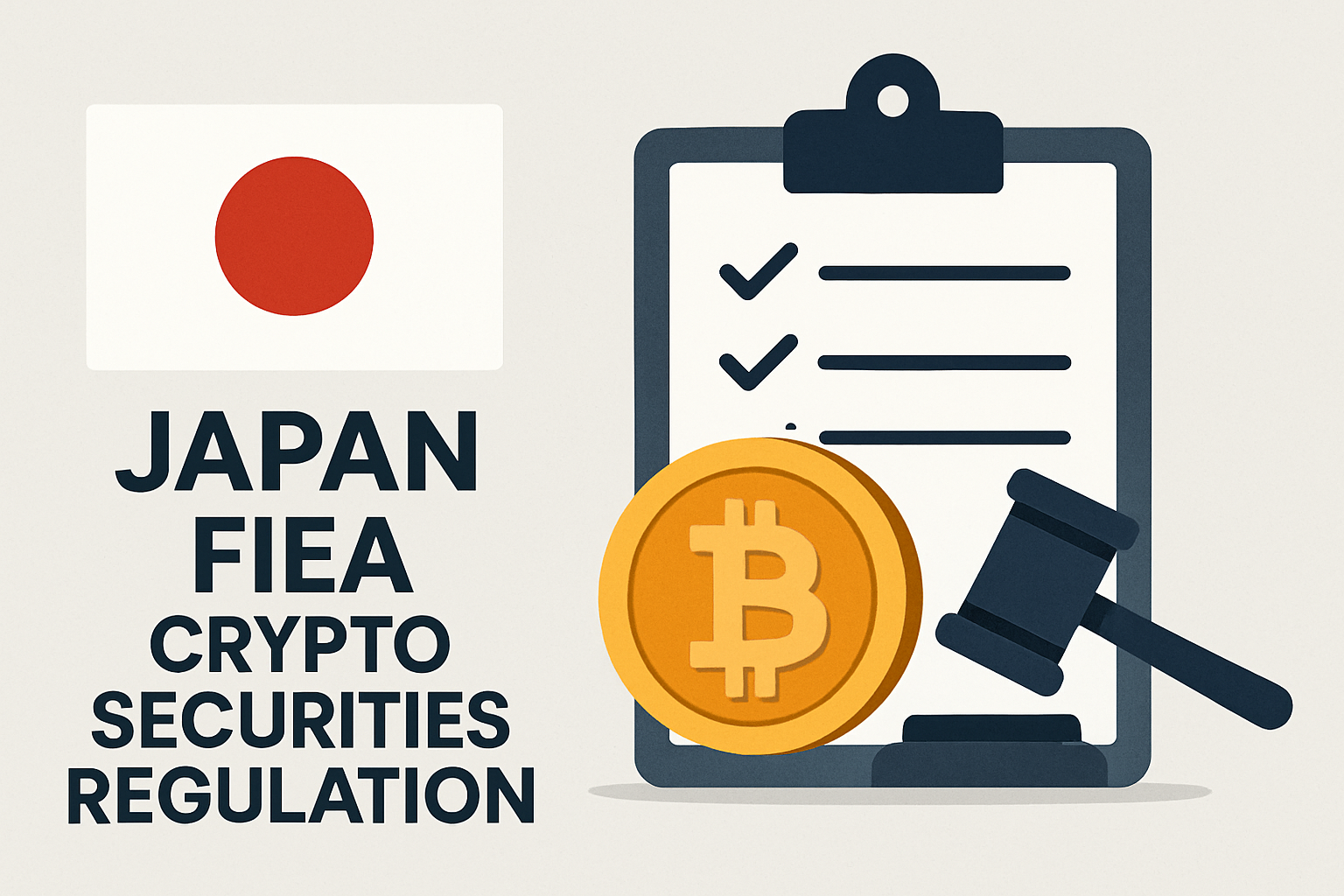
Enhanced Consumer Protection and Transparency: Reclassifying certain digital assets as securities under the Financial Instruments and Exchange Act (FIEA) introduces mandatory disclosures and insider trading regulations, increasing transparency and investor protection.
-
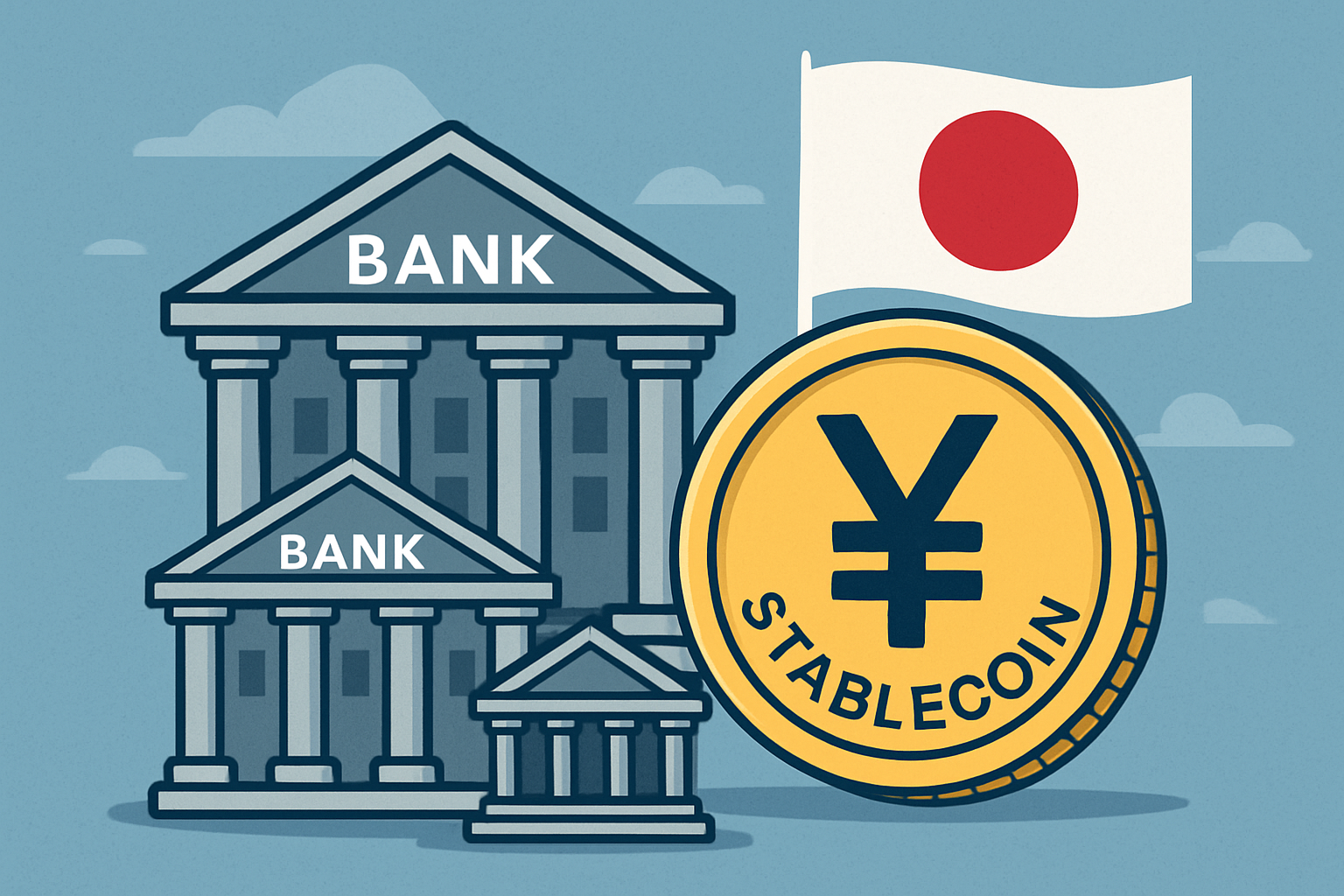
Boosted Stablecoin Innovation: Japan’s three largest banks are planning to issue yen-pegged stablecoins, while SBI Holdings has already listed USDC. This supports a more stable and accessible crypto ecosystem for onboarding new users.
-
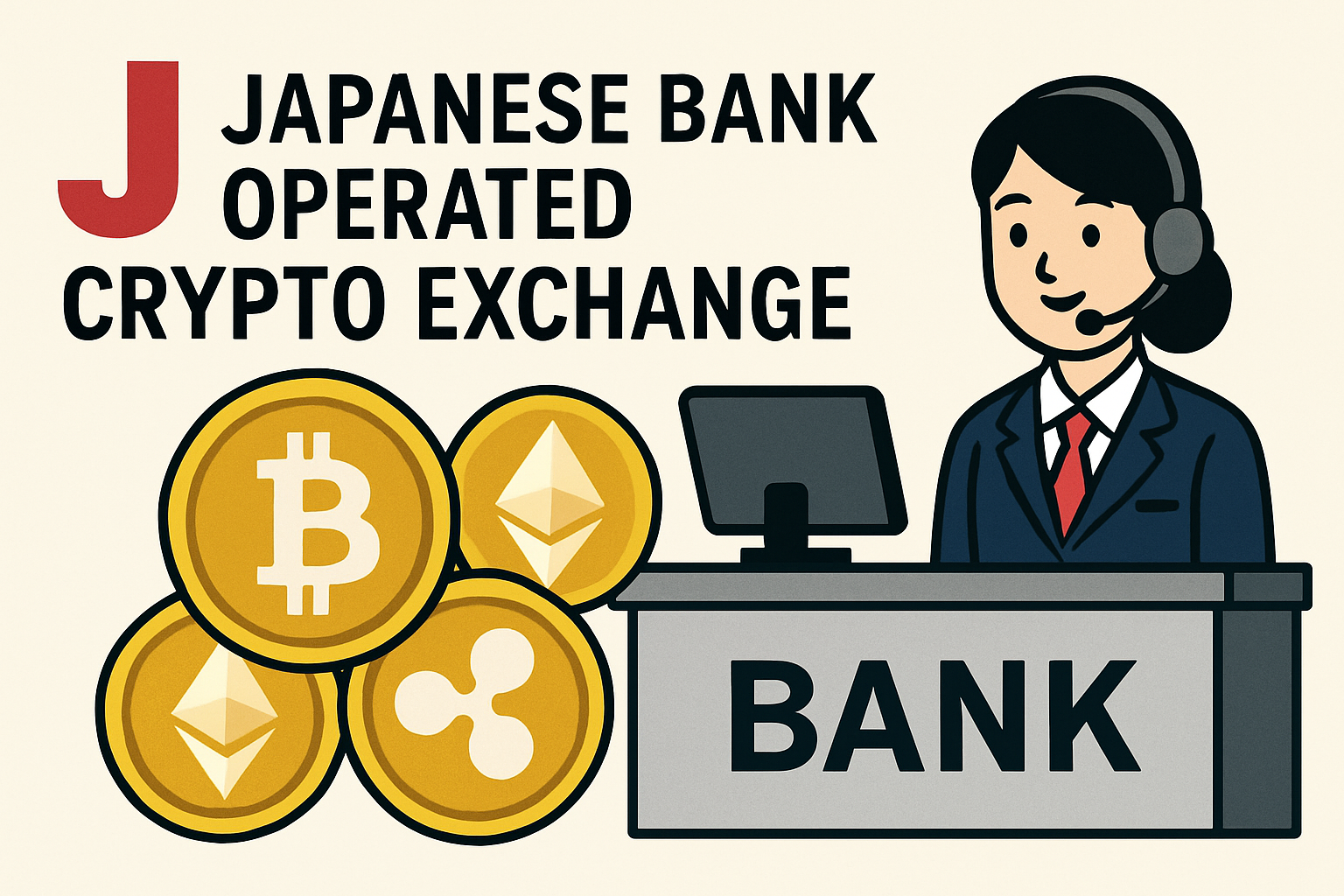
Greater Market Legitimacy and Global Appeal: Allowing banks to operate licensed cryptocurrency exchanges under existing banking licenses brings established regulatory oversight and credibility, positioning Japan as a leading digital asset hub in Asia.
-
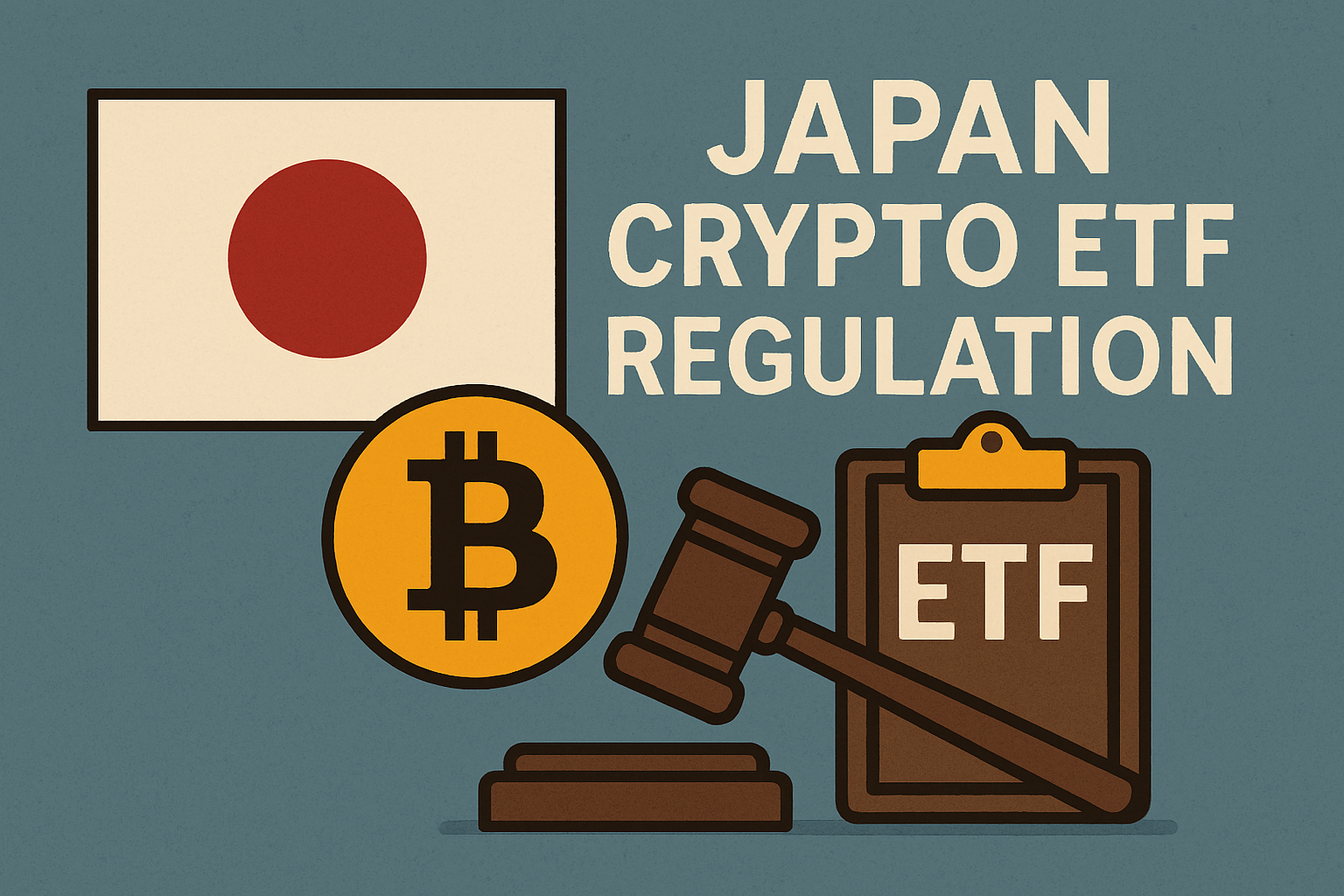
Potential for Regulated Crypto ETFs: The FSA’s proposed amendments pave the way for crypto exchange-traded funds (ETFs) in Japan, offering new, regulated investment vehicles that can attract global capital and further mainstream adoption.
For global investors and crypto beginners alike, Japan’s reforms offer a blueprint for what effective regulation looks like: clear tax rules, robust investor protections, and institutional-grade access to digital assets. The introduction of a flat 20% capital gains tax removes much of the uncertainty that previously deterred participation, while the reclassification of tokens brings legal clarity to a fast-evolving market.
What Does Onboarding Look Like in 2026?
By 2026, onboarding into crypto in Japan is projected to be faster, safer, and more intuitive than ever before. Consumers will benefit from streamlined KYC processes, direct fiat-to-crypto integration through their primary bank accounts, and a wider array of regulated investment products. The presence of institutional players will also drive down costs and improve liquidity across the board.
For those just starting their crypto journey, resources like a comprehensive crypto beginners guide and transparent fee structures will make it easier to navigate the ecosystem. With Japanese banks providing custody and exchange services under strict FSA oversight, concerns about security breaches or mismanagement are likely to diminish.
The global impact should not be underestimated. As Japan demonstrates that risk can be managed through smart regulation rather than stifled by fear, other nations may follow suit, potentially unlocking a new era of worldwide crypto adoption.
Japan’s bold approach is already drawing international attention. As Bitcoin maintains its position above $110,000 and regulatory certainty increases, the country is set to become an epicenter for innovation in digital finance. For those watching from abroad, Japan’s experiment offers both inspiration and a roadmap for integrating digital assets into mainstream financial systems.

